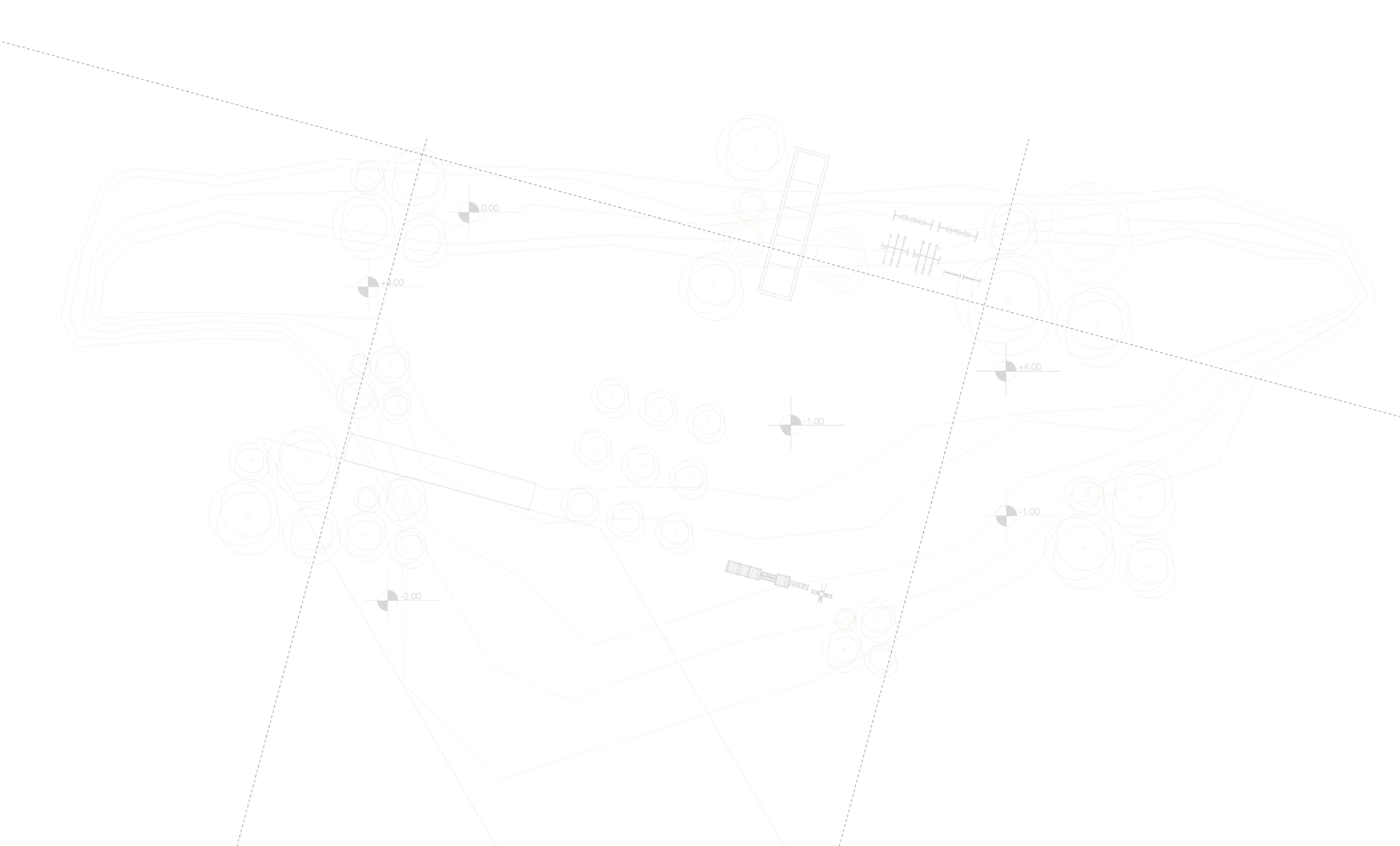Ditch the Rock Yard: Create a Beautiful, Lawn-Free, Drought-Tolerant Yard
- Red Oak

- Dec 2, 2024
- 3 min read
When transitioning to a drought-tolerant landscape, many homeowners assume the solution is to cover their yard in rocks and gravel. While those materials can be effective in small doses, an entirely rocky yard can feel stark and lifeless. The good news? You don’t have to rock your entire yard! A mix of thoughtfully chosen plants, hardscapes, and creative design can achieve a lush, low-water landscape that’s as inviting as it is practical.
Here’s how to design a lawn-free yard that thrives in Central Texas without compromising on beauty or usability.

Why Go Lawn-Free?
Removing a traditional grass lawn has several benefits:
Reduces water use, perfect for drought-prone areas.
Lower maintenance with no need for mowing or fertilizing.
Creates a more sustainable landscape with plants that support pollinators and local ecosystems.
But ditching the lawn doesn’t mean giving up greenery or functionality—it’s all about smart design.
Step 1: Use the Right Plants
Native and Drought-Tolerant Plants
Choose plants that naturally thrive in Central Texas’ hot, dry climate.
Examples:Perennials: Blackfoot daisy, Mexican feather grass, and lantana. Shrubs: Texas sage, rosemary, and desert willow. Succulents: Agave, yucca, and sedum.
Plant in Layers
Mimic nature by layering plants of different heights:
Tall: Trees like live oak or crape myrtle provide shade.
Medium: Shrubs and grasses create structure.
Low: Groundcovers like silver ponyfoot or creeping thyme fill in gaps and suppress weeds.
Step 2: Incorporate Hardscapes
Hardscapes add structure and usability to your yard while reducing water needs.
Pathways: Use gravel, decomposed granite, or stepping stones to create functional walkways.
Patios: Extend your outdoor living space with pavers, flagstone, or concrete pads.
Retaining Walls: Add depth and interest while controlling erosion on slopes.
Raised Beds: Create focal points for flowers, herbs, or veggies.
Step 3: Design for Water Efficiency
Drip Irrigation: Efficiently water plants directly at the roots.
Rainwater Harvesting: Collect and store rainwater to use during dry spells.
Mulch: Spread mulch around plants to retain moisture and reduce evaporation.
Step 4: Add Visual Interest
A lawn-free yard can be just as vibrant and inviting as one with grass:
Color: Use flowering plants and seasonal blooms to add pops of color.
Texture: Mix coarse succulents, soft grasses, and leafy shrubs for variety.
Accents: Incorporate boulders, driftwood, or garden art for personality.
Step 5: Keep it Functional
Your yard should be as usable as it is beautiful.
Outdoor Living Areas: Add seating, fire pits, or dining areas to enjoy your space.
Play Spaces: Use artificial turf or sand for kid-friendly zones.
Pet Areas: Create designated zones with pea gravel or low-maintenance groundcovers.
Why Avoid an All-Rock Landscape?
While rocks and gravel can be part of a drought-tolerant yard, too much can cause problems:
Heat Retention: Rocks can raise temperatures around your home.
Drainage Issues: Improper placement can lead to water pooling.
Lack of Greenery: A rocky yard may feel barren and less inviting.
Instead, combine rocks with greenery, hardscapes, and natural elements for a balanced, eye-catching design.
Ready to Transform Your Yard?
A lawn-free, drought-tolerant yard doesn’t have to be all rocks—it can be a vibrant, eco-friendly oasis that reduces water use and maintenance. With the right mix of plants, hardscapes, and thoughtful design, you’ll create a space that’s both functional and stunning.
Need help planning your landscape? Contact us today for a consultation!
Sustainability has never looked so good.





Comments